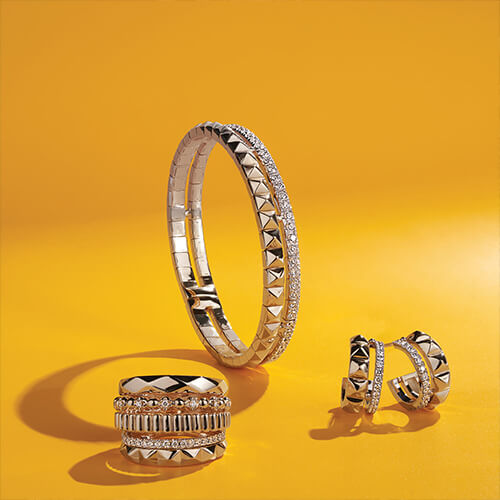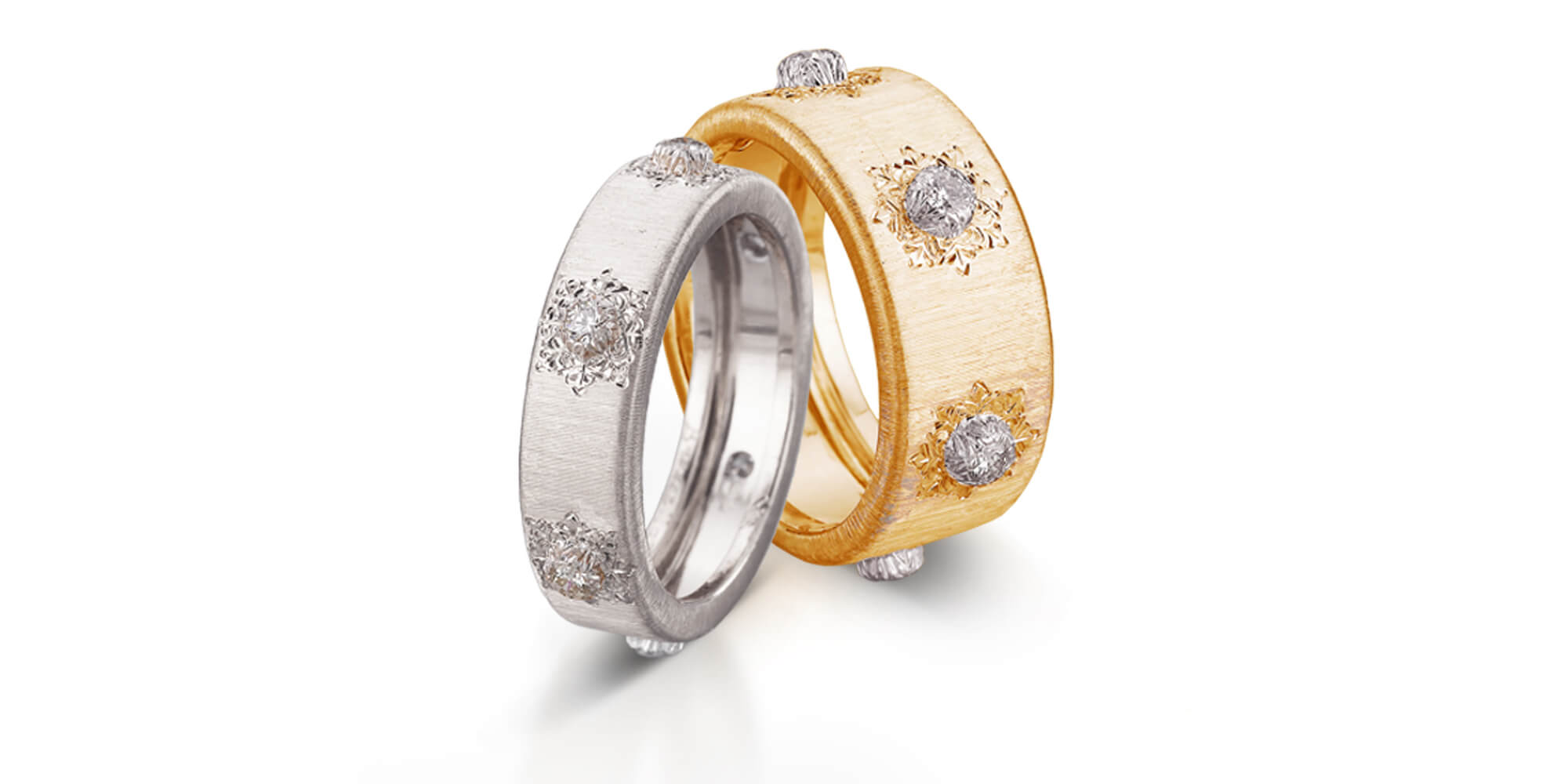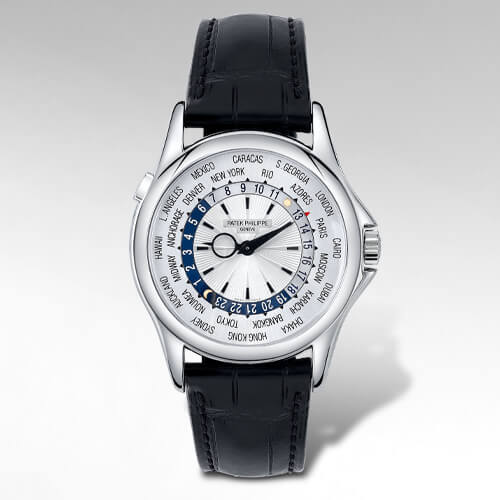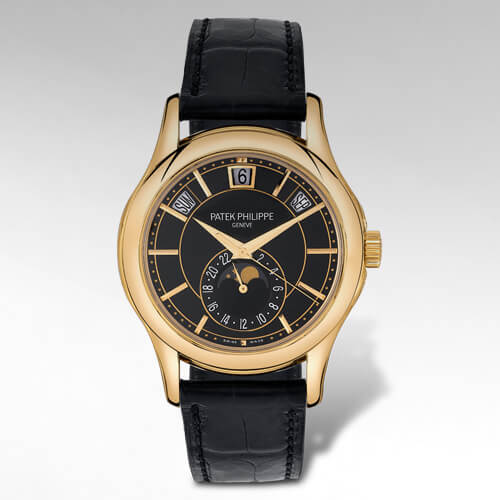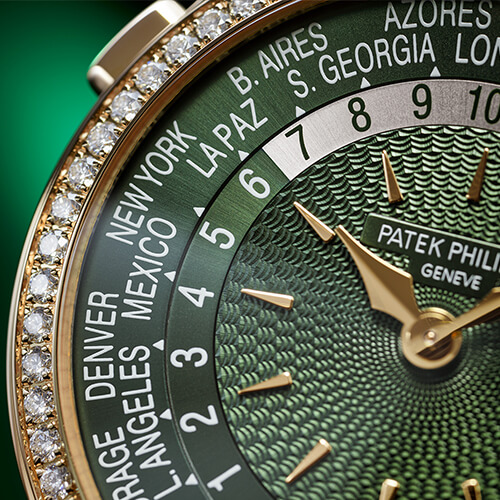Blog
Why Mechanical Matters
Patek Philippe’s unending pursuit for mechanical accuracy in a digital world
The all-new caliber 30-255 PS utilizes the latest evolution of a regulating heavyweight to achieve and maintain precision
By Michael A. Fratangelo
As we leave an analog world and progress deeper into a digital one, we trade out one headache for another. The digital world is not without its flaws, however one headache I’m grateful society no longer has to suffer from is the inaccuracy of timekeeping. We’re surrounded by devices that are sync’d with atomic clocks for precision and therefore timekeeping is no longer an issue – even setting them is done automatically in most cases. The rise of digital clocks in the late twentieth century has liberated us from the dependency on analog devices – so has the demand from watch manufacturers to improve in this area dwindled. We now have the luxury to enjoy these little ticking miracles mainly for their beauty and craftmanship. Therefore, the demand for manufacturers to improve in this area is less critical as it once was – and the monetary investment required is lofty. Nevertheless, there remains a manufacturer obsessed with creating the most precise watches in the world.
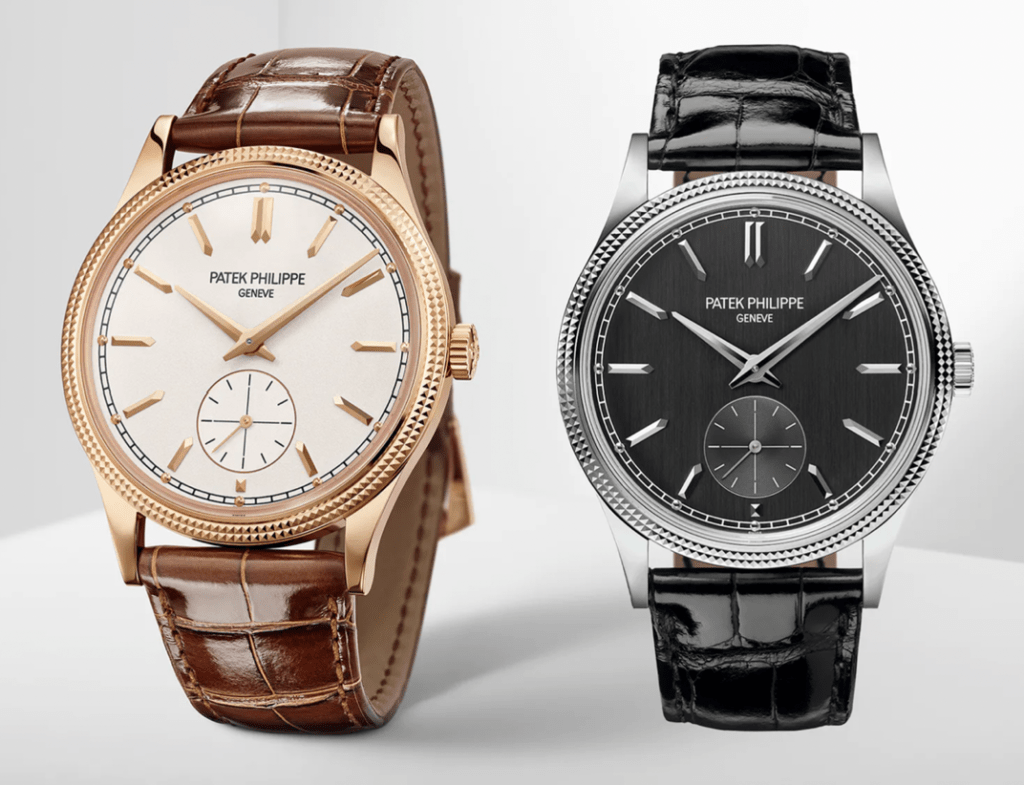
Patek Philippe Calatrava REFs: 6119R and 6119G
Since the formation of the company, Patek Philippe has made accuracy its business. At its core, the manufacturer is applying real watchmaking solutions rather than gimmicks to achieve, and maintain, its razor-sharp preciseness. Unveiled this year, the all-new 30-255 PS manual wind caliber powering the Calatrava Ref 6119 is a tremendous example of this. It won’t be heralded as an engineering feat like the Caliber 89 or the Grandmaster Chime, but that doesn’t diminish the deft watchmaking that resides beneath the dial. Although incredibly subtle, it’s an important step in maintaining watchmaking supremacy. And it should be recognized as it represents exactly the type of company Patek Philippe has always been and still is to this day – synonymous with precision.
My early days with the brand were very much like a game of ‘Whack-A-Mole’. Everything I learned throughout my training only lead me to more questions. Spending time with a watchmaker to understand why Patek Philippe’s watches are so accurate only uncovered more questions. I did my best to understand each piece of info as a separate piece to this puzzle – hoping to create a clear picture. Through many conversations with patient watchmakers, along with time at the bench peering through a microscope – I began to demystify this engaging topic. That said, I won’t be able to unpack all of it here, but I want to touch on the cornerstone of how the manufacturer carries out its staggering rate of exactness. First, let’s briefly visit a piece of neat history. We’ll look back at the competitive era when Patek Philippe’s mastery stole the show – a time when mechanical accuracy mattered.
The development of mechanical movements to achieve adequate precision for marine navigation is a fascinating tale. The hero of the story is John Harrison, a self-educated English carpenter and clockmaker who created the first portable clock sufficiently accurate for the use of determining longitude at sea. In fact, his device kept time to within three seconds a day which made it far more precise than even the best watches
of the time. This was a crucial development in navigation during the 18th century. This type of progress in watchmaking would pave the way for ‘chronometer competitions’ to be held at the Astronomical Observatories in western Europe.
Marine Chronometers and scientific clocks worked only in one position while their civilian counterparts were mobile. By establishing these Observatories, the accuracy of civilian watches – which were carried around in pockets and spent time lying flat on bedside tables – could officially be measured. That’s because Observatory testing would account for the multiple positions of these watches and the varying temperatures they would encounter daily. With the framework and parameters for evaluation now established, the distinguished watch houses jousted to prove their worth at world’s fairs and great exhibitions during the nineteenth century. Patek Philippe passed with flying colors.
In twenty-nine international exhibitions, Patek Philippe would earn twenty Gold Medals and one Silver Medal (the other eight times it served on the jury and not competing). These results made a significant impact as these triumphant times for Patek Philippe had elevated the appreciation among customers. Furthermore, the prizewinning movements would be cased and sold as these timepieces were highly sought after by collectors of the day. So influential were these competitions that they would become the greatest marketing tool in establishing a reputation of performance – and accompanying each one of these watches was their official rating certificate from the Observatory.
Even in the twenty-first century, with the great observatory competitions now in the distant past, these award-winning mechanisms still compel bidders to pay millions at auction for an individual watch. An astounding testament of this is J.B. Champion’s Ref 2458.
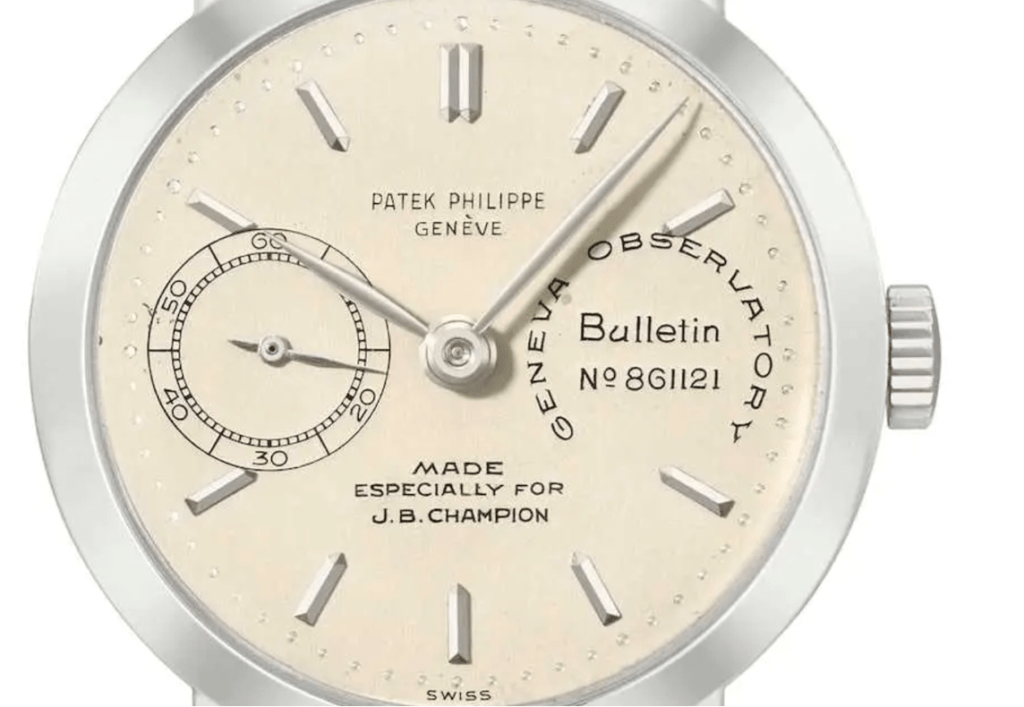
J.B. Champion’s REF: 2458 with commissioned dial with movement’s rating certificate by Geneva Observatory
Produced in 1952, the Ref 2458 is a time-only watch with a second-hand indicator displayed in a sub-dial at nine o’clock. Originally owned by a lawyer from Texas named J.B. Champion, he would commission a special dial to be made that would bear the movement’s rating certificate issued by the Geneva Observatory along with his name, in the words, “Made especially for J.B. Champion”. On November 12, 2012, it would hammer in a final sale price of 3,779,000 Swiss francs at an auction held by Christies in Geneva. Very impressive for a non-complicated timepiece!
In 1959, Patek Philippe ran a two-page advertisement in America with specific messaging on precision. Its main purpose was to address the astronomical accuracy of each Patek Philippe model, while also highlighting observatories – stating: “An electronic observatory-motivated time-recorder presides at the work table of every Patek Philippe watchmaker. He makes adjustments with mathematical exactitude until there is an absolute minimum of variance between the watch in his hand and the arbiter of time on earth at Greenwich, England.”
And goes on to say…
“Every Patek Philippe must maintain its Observatory precision not just for a reasonable length of time, but indefinitely.”
Therefore, the challenge for Patek Philippe during these competitions – and still to this day – is two-fold: achieve a high rate of accuracy and maintain it. And the cornerstone in which Patek Philippe builds its cathedral of precision on is the mighty Gyromax® balance.
The balance assembly regulates the flow of time and is responsible for the precision of a watch. Therefore, it is the regulating organ of a mechanical movement. This faction is composed of a balance and a balance-spring that oscillates under the impulse of the escapement. Through a series of patents in 1949, and again in 1951, the Gyromax® was an invention that further revolutionized the entire watchmaking world and is used in all modern Patek Philippe wristwatches. Its genius design allows for extreme accuracy along with convenient regulation.
As the fourth generation President, Thierry Stern, enjoys his responsibility of designing watches while pushing the limits of watchmaking. Tirelessly working to narrow the performance gap between digital and mechanical means there is no gear, wheel, or spring within a movement exempt from being redesigned, if necessary, in that enterprise. With the strict criteria of the Patek Philippe Seal lighting the way – the team ushers in the latest evolution of the Gyromax® with the unveiling of the all-new 30-255 PS movement powering the Ref 6119. This heavyweight of regulation just got heavier.
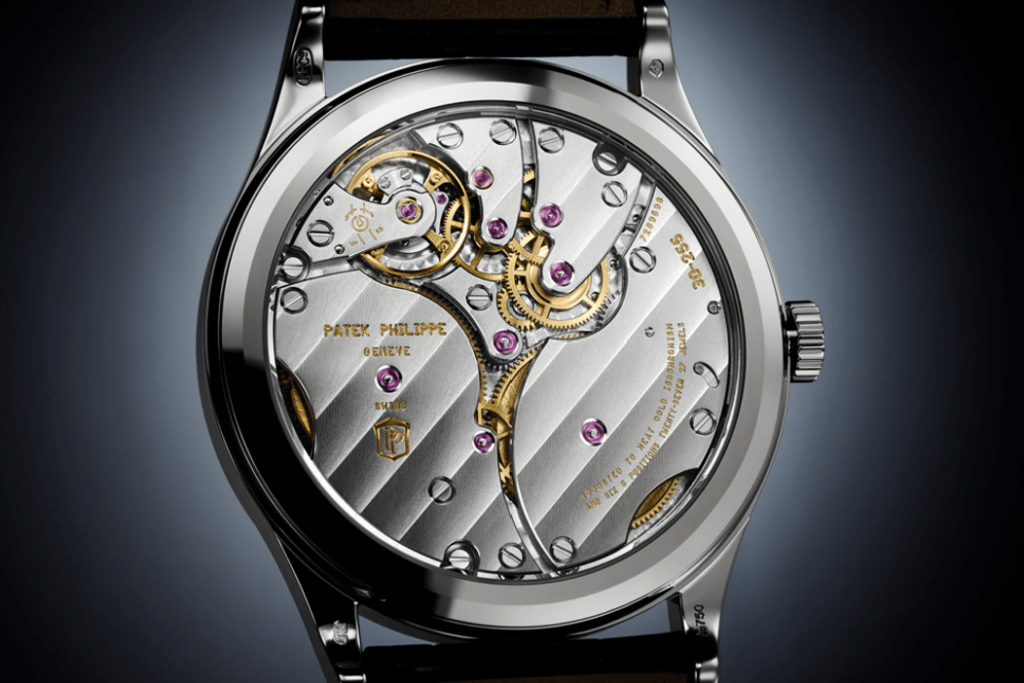
The case of the Calatrava REF: 6119 fits the larger manual wind 30-255 PS movement like a well-tailored suit
I guess it’s easy to assume that a company can learn a lot in nearly two decades of uninterrupted business. And so it was known that by increasing the circumference of the balance wheel would deliver a notable improvement in rate accuracy. This is an incredibly difficult task for the designers working to organize all 164 parts of this engine within a tight space – now made even tighter by incorporating a second mainspring barrel – all the while keeping a slender profile. The brilliant minds would go to the greatest lengths to meet all objectives, and in the end, (unofficially) win gold.
By integrating this new balance wheel allows for a greater moment of inertia and offers a more robust platform to withstand daily turbulence encountered by the wearer. A solution as pure as virgin snow – free of gimmicks – and one that remains easily accessible to watchmakers for regulation. Also endowed with two mainspring barrels for an added jump in power supply for a minimum of 65 hours – nearly three days! It measures in at 31mm, and of course fulfills the desired maximum deviation of -3/+2 seconds in 24 hours.
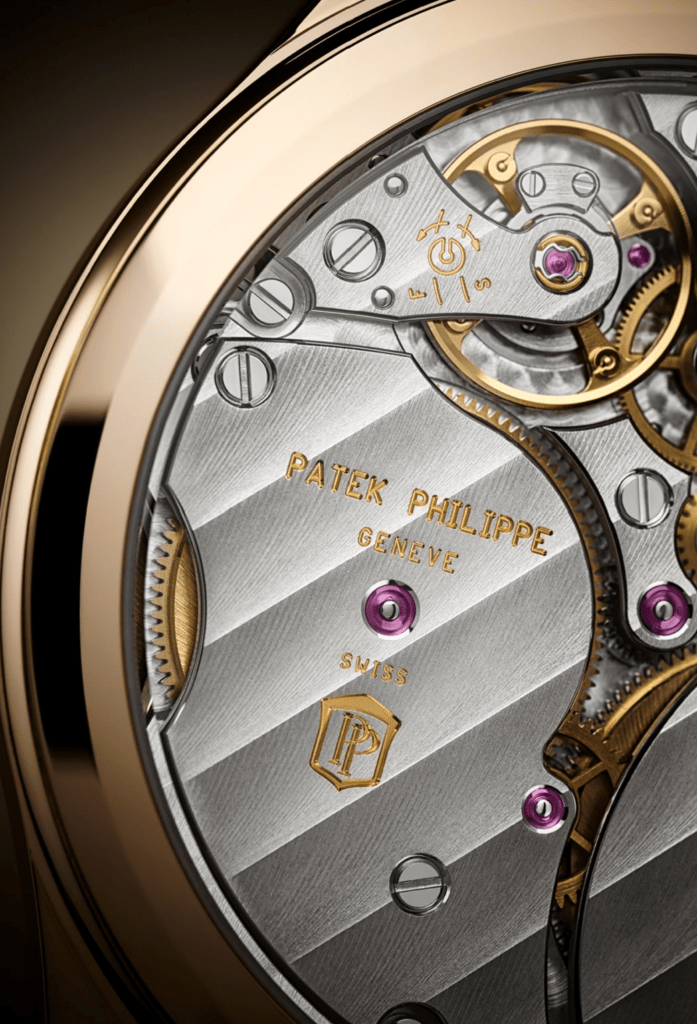
The Gyromax balance and the hand finished artistry on full display through the case back of the 6119R
The result is improved rate stability and simplifies the precision adjustment of the movement. Once again, Patek Philippe harmoniously pairs aesthetics with performance. Maybe now you can see how with every move this manufacturer makes in addressing accuracy reminds me of those Observatory competitions. Although medals are no longer awarded, every owner should feel proud to know they’re wearing a bit of this history on their wrist – and this manufacturer remains steadfast in its investment in prizewinning levels of precision for their customers.
Contact deBoulle Diamond & Jewelry for more information on the Calatrava REF: 6119G and 6119R
